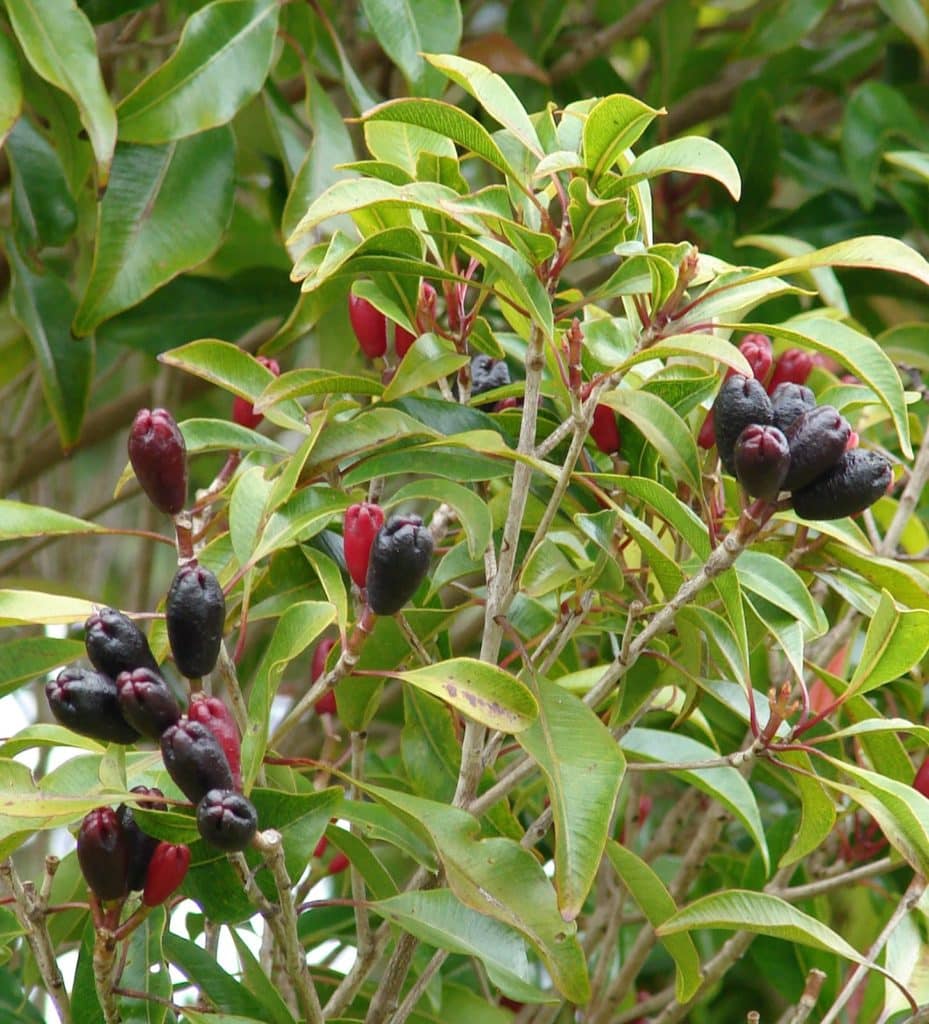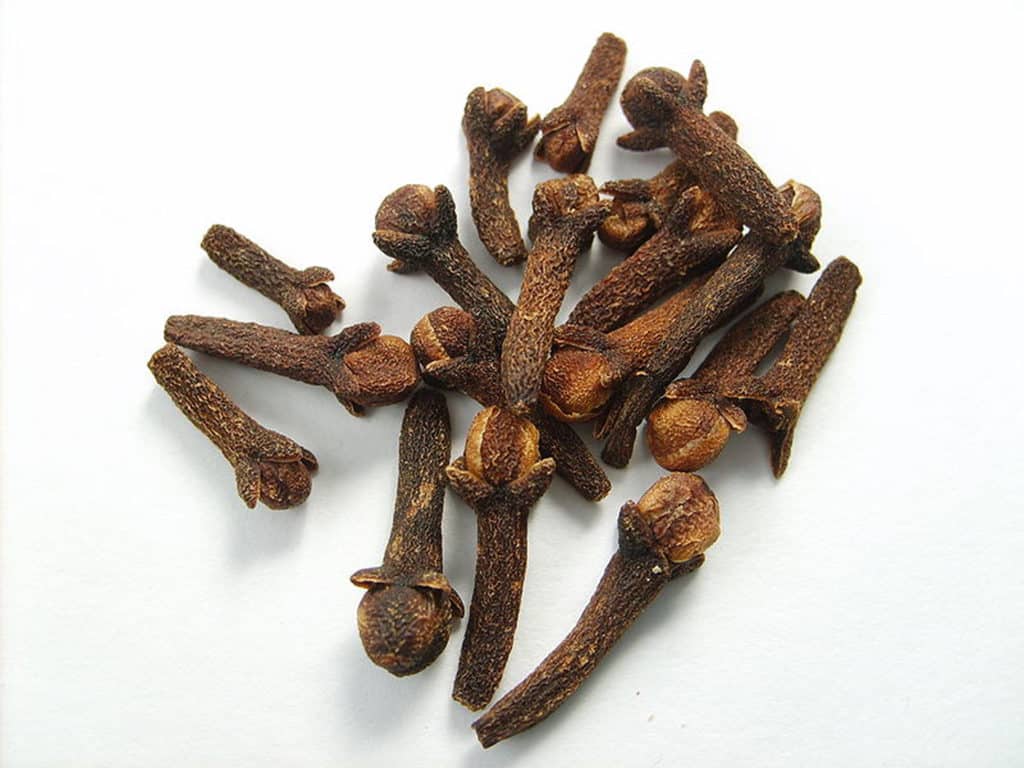A step by step guide of Clove cultivation

Introduction of Clove
Clove is an aromatic dried flower bud of an evergreen tree. Cloves belong to Myrtaceae family and are native to India and Indonesia. Clove has been used as a spice in India and clove is an evergreen tree of humid tropical climates. In India, clove can be grown in all the areas of the country except in the coastal sandy belt area. But hilly tracts of the Western Ghats and the red soils of Kerala are most and best suitable for clove cultivation. It has very good demand in local as well as in the international markets due to its health benefits some the clove health benefits are listed below:
- Cloves may temporarily treat tooth pain and you can temporarily reduce the pain by dabbing a little clove oil on a cotton ball and placing it or on your gums or on the sore tooth.
- Cloves may Improve digestion.
- Cloves may relieve upper respiratory infections.
- Clove may reduce inflammation.
- Cloves may be used in treating bruises and scrapes.
Indian local names of Clove:
Grambu (Malayalam), Lavangam(Telugu), Lavanga (Kannada), Laung (Hindi ), and Marathi Moggu (Marathi).
Commercial Varieties of Cloves:
There are no particular variety of cloves in India but in trade: a) Zanzibar b) Penang c) Amboyna.
The climatic condition required for Clove production:
Clove thrives best in a warm humid tropical climate with annual rainfall from 150 to 250 cm. It can be grown well from sea level up to an altitude of 800-900 meters. Clove plants Prefer partial shade as well.
Soil Requirement for growing Cloves:
Cloves grow best in rich loamy soils in the wet tropics and ideal soil for the commercial cultivation of clove trees. Cloves can also be grown in heavier red soils, but in both cases, Clove plants require good drainage for better yield and quality.
Propagation of Clove plants:
Most commercially practiced propagation method in clove is by Seed. Basically, Seeds are collected from fully developed fruits from the regular bearing of the ‘mother of clove’ and then clove seeds are soaked before sowing them in the nursery beds. It is preferred to sow the clove seeds immediately after harvesting.
Raising of Clove seedlings on nursery beds:
Nursery beds for clove seedlings should be made as a loose soil-sand mixture having 15 to 20-centimeter height, 1-meter width, and convenient length. 5 cm to 8 cm thick sand layer is spread and then clove seeds are sown at 2-centimeter spacing apart. The partial shade should be provided to protect the clove beds from direct sunlight. Another way raising of a seedling is to have polybags filled with good soil and organic matter like cow dung mixture and keep them in a cool and shady place.
Usually, Clove seeds germinate in or about 10 days to 15 days and they last for 45 days. The germinated clove seedlings are transplanted in polythene bags (30 centimeters by 15 centimeters), containing a mixture of sand, soil well decomposed organic matter like cow dung in a 3:3:1 ratio.
You may also check Rice Bran Oil Extraction Process.
How to plant Cloves:
The best time for clove plantation is at the onset of South-West monsoons (June to July). In low lying areas, the best time for clove plantation is towards the end of monsoons. The pits of 75 centimeter × 75 centimeters × 75 centimeters in size are dug at a spacing of 6 to 7meters. If cloves are planted as an intercrop, the spacing should be based on the spacing of the major crop in the field. The dug pits should be partially filled with cattle manure, compost or green leaf and should cover with topsoil. Clove plants prefer partial shade. It grows well at higher elevations, having well-distributed rainfall. For Indian conditions, it is well suited for mixed cropping in older coconut or in coffee estates or in nut gardens.

Intercropping of Clovecrop:
Clove is usually grown as a mixed crop with coconut, coffee gardens, and areca nut, etc..
Manure and Fertilizers of Clove plantation:
Apply 50 to 60 kg of compost or manure and bone-meal or fish meal to a bearing tree every year preferably in May to June period. Organic compost or manures can be applied as a single dose at the onset of the monsoon season in trenches dug around the clove tree. The application of inorganic fertilizers @ 20 grams N(430 grams urea), 18 grams P2O5 (110 grams superphosphate), and 50 grams K2O (80 grams of Muriate of potash)/year is recommended. The dose may be increased to 300 grams of ‘N’ (600 grams urea), 250grams P2O5 (1,560 grams superphosphate) and 750 grams K2O (1,250 grams Muriate of potash) per year for a grown-up tree of 15 years or more. The fertilizers should be applied in 2 equal split doses in May to June and September to October in shallow trenches dug around the clove plant normally about 1to1½ meter away from the base. The plant basin must be mulched and always kept weed free.
How to control weeds in Clove crop:
Weeding in Clove cultivation can be carried by removing or cutting branches of full-grown clove to prevent overcrowding. Apply 1% Bordeaux mixture to control the dieback.
Water requirement for growing Cloves:
Watering is necessary for the first 3 to 4 years in clove cultivation. Extreme care should be taken to keep soil moisture at a minimum level during the summer months. Pot watering is recommended to save the clove plantation in the initial stages. Even though clove plants survive without water, it’s advised to water adult plants for better yield and quality of clove.
Training and pruning of Clove plants:
Coppicing is a method of cutting back the height of the clove trees to the desired height in a commercial plantation so as to manage the plantation more effectively. 2 to 3 year of old clove plants are coppiced during June to July to a height of about 15 centimeters from the stump. Afterward, couple of side shoots is produced by the main stem and subsequently the clove plants assume the shape of a low bush of about 2-meter height and a bunch of canes suitable for peeling crop up in a period of four years. Regular peeling operations could be carried from 4th or 5th year, in case of seedling bushes, depending upon the extent of development of peeler shoots. Usually, the coppicing method is practiced in alternate years.
Harvesting procedure of Clove plants:
The flowering of clove trees starts from the 4th year of its planting (Under good soil condition and management). But the full bearing stage of clove plant is reached only after 15 years. The flowering season is September to October in plains and December to January at high altitudes. The unopened clove buds are harvested when they start to turn into pink color. At this time, they are less than 2 centimeters long. The opened flowers are not valued as a spice. Harvesting of cloves should be done using step ladders without damaging the tree branches, as it adversely affects the succeeding growth.
You may be interested in Dragon Fruit Farming Profit.

Post-harvesting in Clove cultivation:
Individual flower buds in the clove tree are separated from the cluster by hand and spread in the yard for drying. The correct time of drying is when the stem of the clove bud turns into dark brown and the rest of the bud light brown. Well, dried cloves are only one third the weights of the original cloves. About 11,000 to 15,000 dried cloves are required to weigh one kilogram of the product.
Marketing of Clove:
As this herb has many medicinal properties and health benefits and has a lot of consumption in daily cooking in India therefore, it is very easy to market locally.
You may also check How to Grow Hydroponic Cucumber.
Good contents, thanks
Fantastic article, but I wish it was printable, as I want to take this to my greenhouse to look at while caring for my young clove tree. Very informative, thank you for writing this articl.
Thanks for the information, where can I get the clove seedlings?
Where can I get clove seed
Thanks for the information. Can you also include Yields from 4th year to its fully bearing year (i.e 15th Year). It is good to know clove yield trends up to 15th year
Thanks